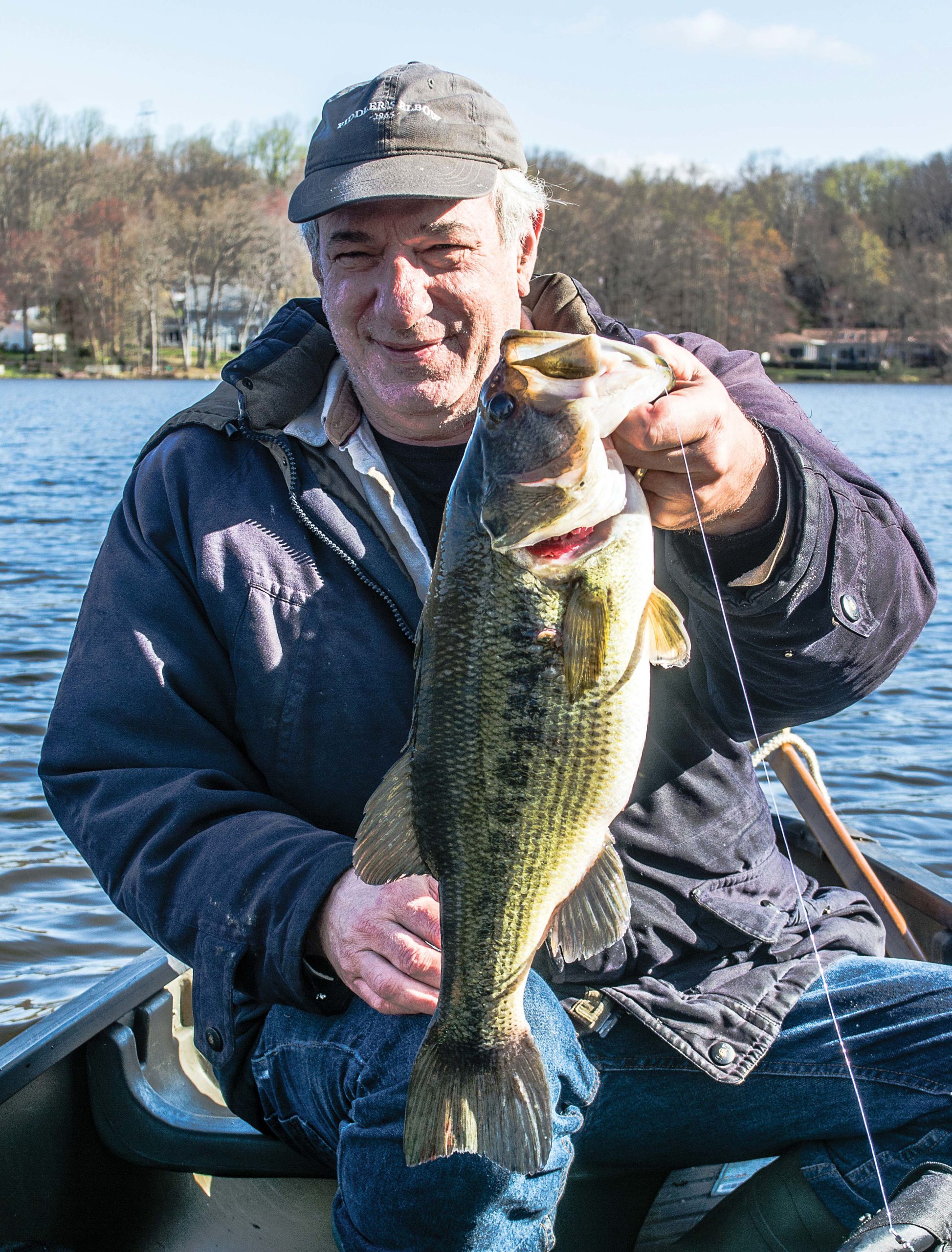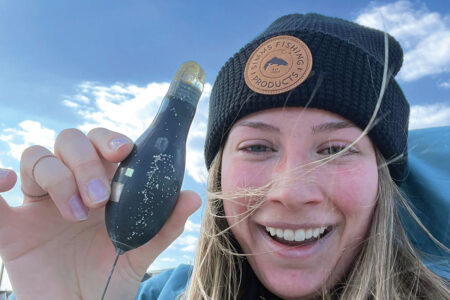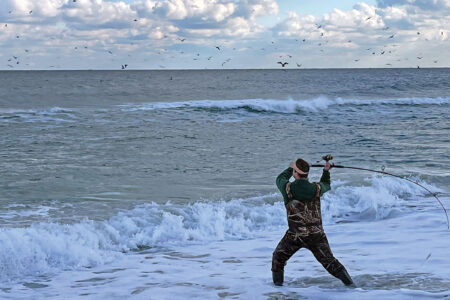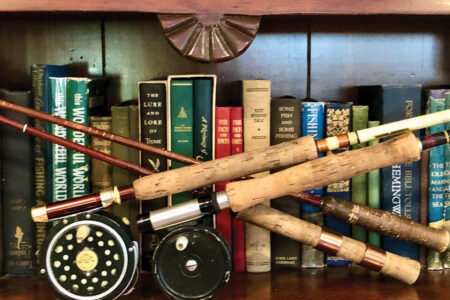
A handy spring scale measured the weight of bass we caught during the 1970’s. They easily fit our pockets or tackle totes as we fished from the banks of Mercer County ponds in New Jersey, keeping our tackle boxes at home. Footwork needed convenience, and not only were our De-Liars easy to carry, they had a way of making bass seem heavier than they really were. We didn’t know. And we never stopped to ask the simple question: Are they accurate?
The De-Liar didn’t always weigh a 20-inch largemouth at 5 pounds. I caught a skinny 20-incher that pulled the spring down only to the 4-pound mark. But it gave us a rule-of-thumb as follows: 12 inches, 1 pound; 14 inches, 1-1/2 pounds; 15-½ inches, 2 pounds; 16-½ inches, 2-½ pounds; 18 inches, 3-½ pounds; 19 inches, 4 pounds; and 20 inches, 5 pounds. We didn’t catch bass bigger than that, except for my brother Rick’s 22-inch, 6-pounder. If my information is correct, neither he nor his friend Dennis had a De-Liar handy that day, only a tape measure.
In recent years, I’ve caught bass not much heavier than 4-½ pounds the De-Liar might have told me weighed 5. Weighing bass accurately is not an easy adjustment to undergo, because a 5-pound largemouth is given lunker status, but a 4-½-pounder is not quite there.
All those years ago I fished a series of 2- and 3-acre ponds. They were privately owned; I had permission to fish them, and I never saw anyone else there. A 5-pounder always lurked in the back of my mind, but I never came upon any evidence of such a fish. A 16-incher was a rare catch. Plenty reached the 14-inch mark, and the bass must have averaged about 12 inches, but I had fished the ponds for a couple of years and nothing really big had come to hand.
A friend and I had gone out in inflatable boats and measured depths, creating topographic maps. Big bass had plenty of water, 10 feet deep to hide in, and a copious supply of panfish forage to feed them, but a big one didn’t seem to be there, though I refused to rule the possibility out.
True lunkers aside, for me, a 4-pounder was a really good bass, and I would feel very pleased if a catch from the ponds broke beyond the 3-pound range. I fished many ponds in different corners of the county, mostly pedaling to them on my 10-speed Schwinn; but the string of four we mapped were my favorite. I wanted a bass 4 pounds or better, but I was patient and hadn’t the slightest inclination to abandon fishing there.
During summer, I would start fishing almost an hour before the sun came up. Sometimes I left when the temperature had risen to 95. Most of the bass came on plastic worms like the Ringworm, a popular option back then, a worm that trapped air by a series of circular plastic extensions along its length, releasing bubbles as it sank or shook. During the fall, the bass got frisky and I used Bassbuster spinnerbaits.
I fished a Bassbuster on a late October morning in 1976, the pond black with tannic acid released by fallen leaves. A shoreline dropped off sharply into the creek channel. I knew this because I had previously measured the depths from my inflatable. I cast parallel to the bank and began buzzing the spinnerbait. A great wake rose up behind. The water erupted and I felt the strike, savagely powerful.
The bass was black as night. It had felt like I had hooked a tank, and it looked like one too! I had never before seen a bass so filled out. It measured 18-¾ inches, and the De-Liar told me it was 4 pounds. I felt propelled past the 3-pound range. I no longer believe it weighed quite that much, but it was unusually heavy for its length.




